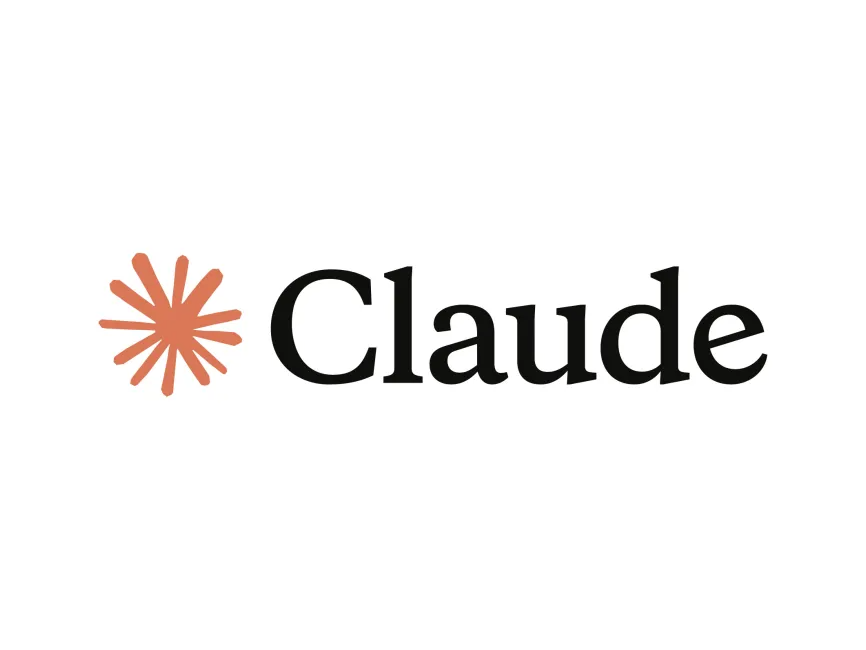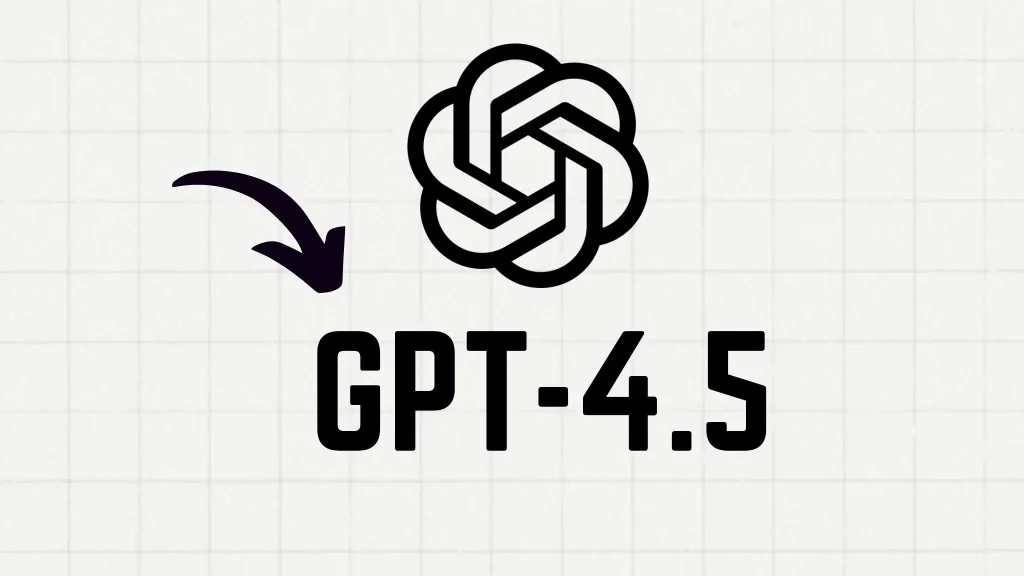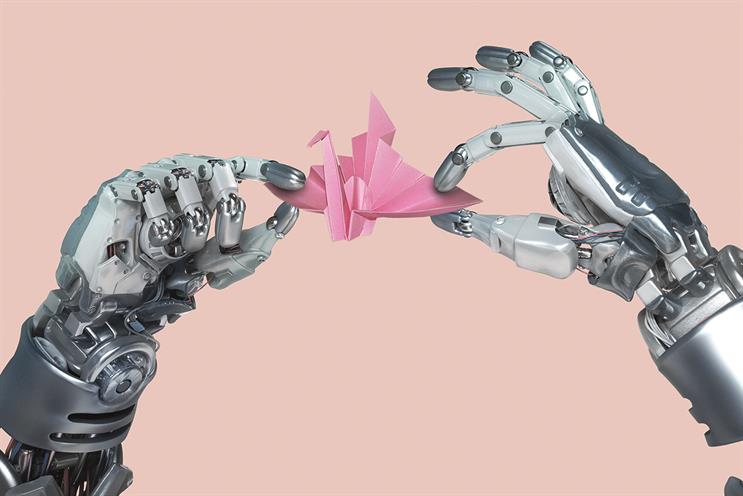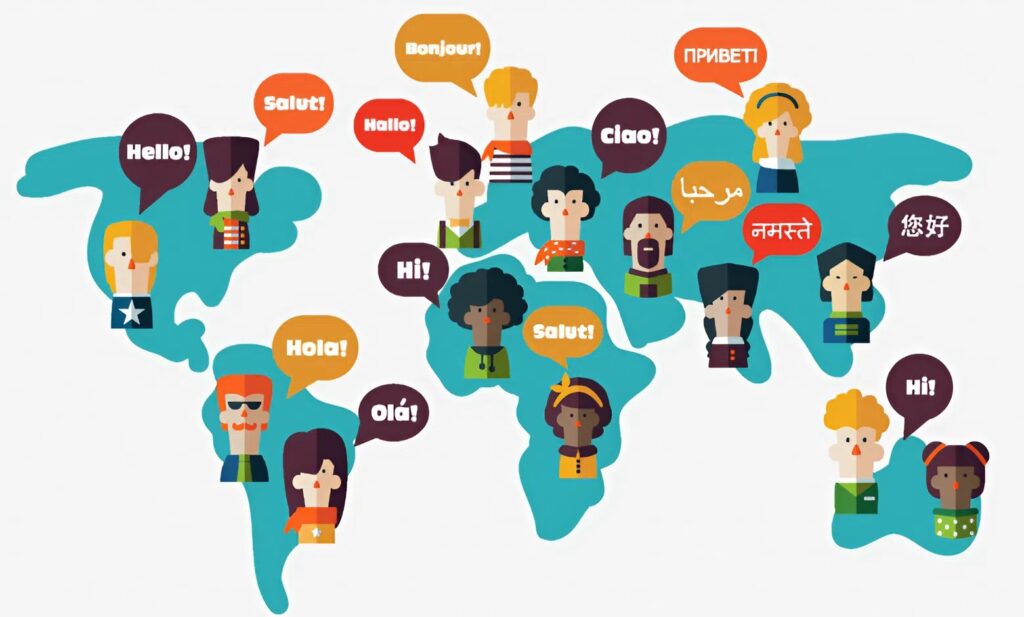Breakthrough AI Tool Translates Thoughts into Text with 95% Accuracy.

AI News: Breakthrough AI Tool Translates Thoughts into Text with 95% Accuracy
Artificial Intelligence has continuously surpassed what was once considered impossible, embedding itself into various facets of daily life with ease. Recently, an extraordinary advancement has gained significant attention in the AI community: a novel AI tool capable of translating thoughts into text with a remarkable 95% accuracy rate. This breakthrough not only paves the way for incredible advancements in communication but also revolutionizes how we understand and interact with machines. In this blog post, we delve into this groundbreaking development, how it works, and what it means for the future of AI tools and communication.
—
Understanding the Technology Behind Thought Translation
The thought-to-text translation, a feat that seems to come straight out of a science fiction novel, is achieved through the synergy of neuroimaging technologies and advanced AI algorithms. The underlying principle involves using brain-computer interfaces (BCIs) combined with machine learning models trained to decode neural signals.
BCIs have been a subject of research for years, primarily aimed at helping individuals with physical impairments communicate and interact with their surroundings. However, recent advancements have accelerated their capabilities. By tapping into the brain’s neural patterns using non-invasive techniques such as functional Magnetic Resonance Imaging (fMRI) or Electroencephalography (EEG), researchers can capture brain activities associated with specific thoughts.
Machine learning algorithms then process these signals, translating them into text by identifying typical patterns and making educated predictions. The system continuously learns, improving its accuracy as it processes more data, which explains the impressive 95% success rate reported in recent studies.
—
Application and Potential of Thought-to-Text AI Tools
The potential applications of thought-to-text AI tools are vast and diverse, with implications cutting across multiple disciplines.
1. **Healthcare Innovation**: One of the foremost applications is in healthcare, particularly for patients who are unable to speak or express themselves due to conditions such as ALS, strokes, or severe paralysis. This AI tool can serve as a communication bridge, allowing these individuals to convey their thoughts and needs without verbal speech.
2. **Enhanced Human-Computer Interaction**: Thought-to-text technology has significant implications for how we interact with machines. Imagine composing an email or typing a document solely via thought. This not only saves time but also expands accessibility.
3. **Neuroscience and Cognitive Research**: By providing a window into the human mind, this technology can yield insights into cognitive processes and how thoughts are structured. This could revolutionize our understanding of brain functions and even aid in the diagnosis of mental health disorders.
4. **Educational Tools**: For those with learning disabilities or conditions like dyslexia, translating thoughts directly to text can minimize barriers to learning and assist educators in tailoring personalized teaching methods.
—
Challenges and Ethical Considerations
Despite its promise, thought-to-text AI technology poses significant challenges and raises important ethical questions.
1. **Data Privacy**: The sensitive nature of brain data necessitates robust privacy measures. Protecting user data from misuse or breaches is paramount to gaining public trust.
2. **Consent and Autonomy**: Clear consent guidelines must be established to ensure that users maintain autonomy over what thoughts are translated and when.
3. **Misinterpretation Risks**: While 95% accuracy is impressive, misinterpretation risks linger. It is crucial to refine the technology further to ensure that the translated text conveys the intended meaning.
4. **Accessibility and Inequality**: While groundbreaking, accessibility might remain an issue, with high costs likely limiting availability to those who can afford it. Equitable access should be a central consideration in future developments.
—
Real-World Examples and Case Studies
Numerous research institutions and tech companies are pioneering this field. For instance, researchers at the University of California, San Francisco recently demonstrated the AI’s effectiveness with paralyzed individuals, where the tool accurately translated their intended speech into text.
Tech giants such as Neuralink are investing heavily in similar technologies, underscoring the commercial and innovative potential of thought-to-text translation. Their work showcases possible future consumer applications, from enhancing VR experiences to pioneering new means of content creation.
—
Conclusion: A Glimpse into Future Communication
The breakthrough of translating thoughts into text with high accuracy represents a significant milestone in AI development and human-computer interaction. While challenges persist, the potential benefits of giving voice to the voiceless and unraveling the mysteries of human cognition are transformative.
As researchers and developers continue to refine this technology, future integration into everyday life seems inevitable. The journey from fiction to reality in thought-to-text communication reminds us of AI’s power to innovate and improve lives. As we venture further down this path, maintaining ethical vigilance and promoting equitable access will ensure that this tool rightfully serves humanity’s best interests.
Overall, this AI advancement is not only evolving the technical landscape but also prompting a fundamental shift in how communication and thought are perceived in the age of technology. The horizon is wide and full of possibilities, as the world stands on the brink of a new era of communication breakthroughs.






